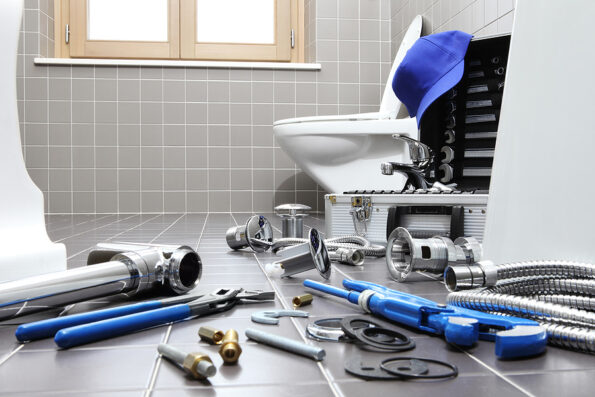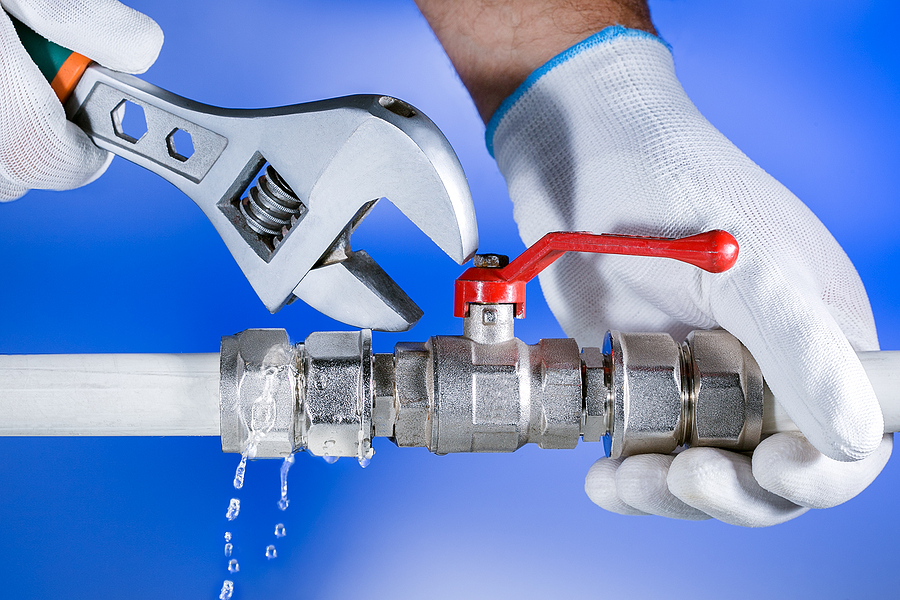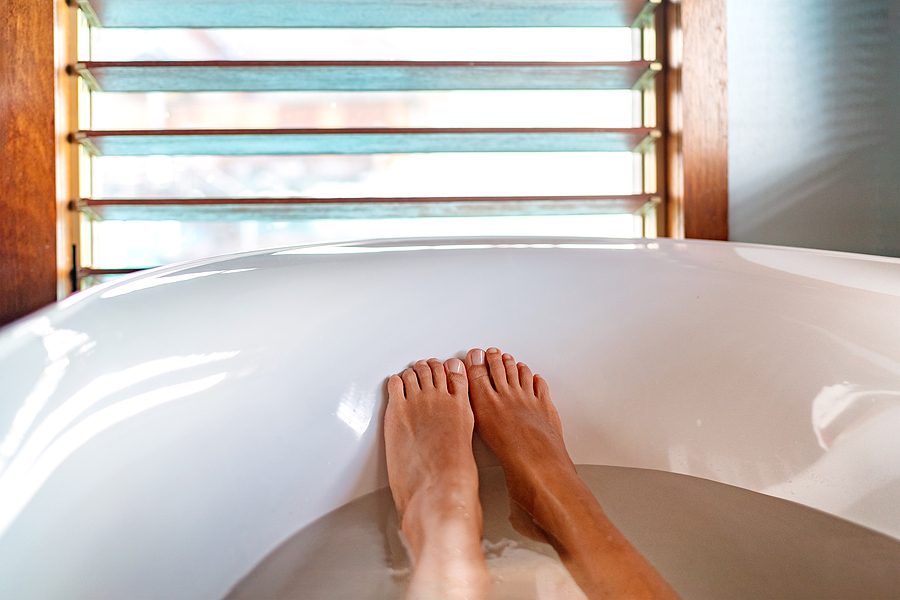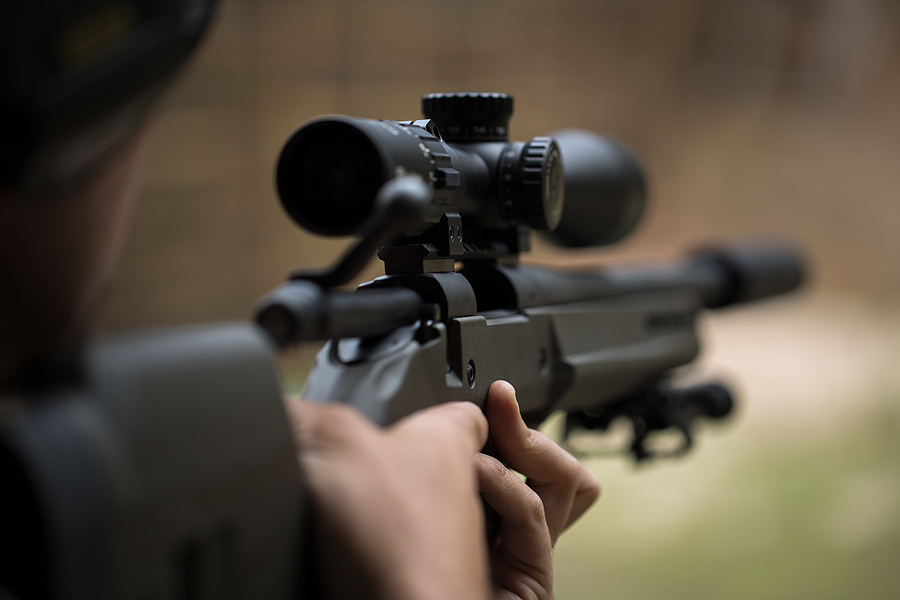It can be a daunting task for those just getting their feet wet in the world of DIY plumbing. After all, any plumbing problem can quickly become an emergency if not handled with care and precision. Not to worry though – with some knowledge, fixing minor residential issues is doable.
To help you feel confident about tackling mishaps yourself, we’ve put together this comprehensive guide on DIY plumbing that touches on tips for success, helpful tricks of the trade, and safety precautions to keep in mind when making repairs. Keep reading to give yourself the best chance at relieving stress (and your wallet) – whatever challenges may arise.
Understand the basics of plumbing and its components
If you’ve ever been frustrated with a clogged drain or faced with a leaky pipe, understanding the basics of plumbing and its components can help you navigate DIY repairs. With the right tools and knowledge, these problems don’t have to send you running for a plumber.
To get started, take note of the different types of pipes in your home: copper, plastic, flexible PVC piping, and corrugated stainless steel tubing – these are just some of the different plumbing components used. Knowing when to use each type is essential – each has strengths and weaknesses.
Additionally, it might be helpful to learn how water pressure works and basic terminologies, such as shut-off valves or drains. Once you understand how all the pieces work together, you can begin your journey towards being a successful handyperson.
https://completecomfortgo.com/commercial-plumbing/ is excellent at providing all the DIY plumbing basics without taking an expensive class.
Safety tips for DIY plumbing projects
When it comes to making repairs or maintenance, you should always keep a few safety precautions in mind. First, ensure the water supply is turned off before attempting any plumbing work. It means turning off the main valve and the hot/cold valves of whatever appliance you plan to work with. The last thing you want is for any flooding to occur while you’re mid-project.
Additionally, protect yourself from harsh chemicals by wearing gloves and protective eyewear, especially when using drain cleaners. Finally, carefully read instruction manuals before attempting any repair, as this can prevent significant mishaps.
Know where to find quality parts for replacement
If you’ve identified an issue requiring a part replacement, purchasing quality products is crucial. The last thing you want is to buy something cheap and have the same problem occur again soon. Always buy parts from reputable brands and stores such as Home Depot or Lowe’s. It would help if you also took the time to distinguish between universal parts and those specifically designed for your home’s pipes.
Additionally, keep an eye out for sales on plumbing supplies since they can be hard to come by – whenever you spot a good deal, grab it. It can save you money in the long run if you plan on doing more DIY plumbing projects.
Learn the correct way to shut off the water supply to your home
In the event of a plumbing emergency, it’s crucial to be able to shut off your home’s water supply quickly and efficiently. To do so, locate the main valve inside your house and ensure you know how to turn it off in an emergency – this could save you from significant flooding or damage.
Additionally, familiarize yourself with your home’s shut-off valves. This way, if a particular area has an issue (e.g., kitchen sink), you can shut off only that section without cutting off all the water supply for your entire home.
Identify common plumbing issues and how to address them
It’s essential to know how to differentiate between common plumbing issues and those that require professional help. It can save you time, money, and energy in the long run. For example, clogged drains are a relatively easy fix – all it takes is some elbow grease and a plunger or snake tool. Leaky faucets, on the other hand, may need replacement parts to be adequately fixed – these should be left up to professionals if you’re unsure of what to do.
Knowing DIY plumbing can go a long way toward helping you tackle every challenge that may arise. With the right tools and information, you don’t have to break the bank to maintain your home.

Have a plan in place in case of an emergency or disaster
No matter how well you prepare, sometimes plumbing issues can arise out of nowhere. In a major disaster or emergency, it’s always best to have a plan in place. Make sure you know who to call and your options in case something serious happens – this could be anything from an overflowing toilet to bursting pipes.
Additionally, if you live in an area prone to natural disasters such as floods or hurricanes, always ensure your home is adequately protected and any valves are securely shut off. This way, no additional damage will occur should something unexpected happen.
Conclusion
Do-it-yourself plumbing can be intimidating, but you can tackle most issues quickly with the proper knowledge and tools. Remember always to wear protective equipment, purchase quality parts, learn how to shut off your water supply, identify common issues and have a plan for emergencies. With these tips in mind, you’ll be able to enjoy a stress-free plumbing experience and save some money in the process.
Image Source: BigStockPhoto.com (Licensed)
Related Categories: DIY, Home, Reviews








